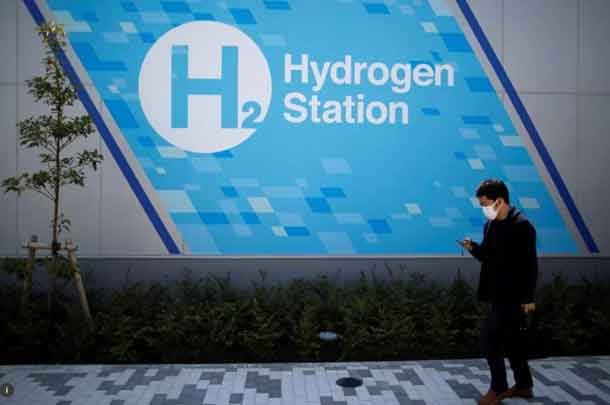The total Canadian annual market potential for hydrogen could reach $100b and create up to 350,000 jobs by 2050, while helping Canada meet its goal of reducing greenhouse gas (GHG) emissions to 511 million tonnes of carbon dioxide equivalent (Mt CO2 eq) by 2030 — down from previous recorded levels of 729 Mt CO2 eq in 2018.
Research shows that hydrogen makes up less than 1% of Canadian energy demand today but is projected to reach up to 27% by 2050. If estimates are achieved, hydrogen could reduce Canadian GHG emissions by 26% in the same timeframe with less carbon-intensive and more cost-competitive options.
Research in the recent Canada’s hydrogen future — risks and rewards report by EY Canada, in collaboration with The Canadian Energy and Climate Nexus, highlights the substantial opportunity of hydrogen.
“The scale of this reduction requires a multifaceted approach to establish a clean-fuel energy mix that can continue to meet the country’s growing energy demands,” explains Lance Mortlock, EY Canada Energy Leader. “Canada has an immediate opportunity to integrate existing energy infrastructure into the evolving hydrogen value chain to become a global leader in hydrogen production, distribution and market use. It’s time for leaders across public and private sectors to assess the size of the opportunity and how their respective organizations can help enable the hydrogen future.”
“While current use cases like industrial feedstock, ammonia production and vehicle fuel cells will continue to be applicable in the future, there are many other market applications of hydrogen — such as blue ammonia production and diesel, gasoline and natural gas replacements — that are still in early stages of exploration,” adds Mortlock. “Greater investment, innovation, government subsidies and incentives will be required to accelerate the transition from the status quo of fossil fuels to less carbon-intensive and more cost-competitive options like hydrogen.”
The report identifies several barriers in each stage and sub-stage of the value chain and shares four recommendations to encourage mass use of hydrogen as an energy source:
- Supporting policy and regulation: In addition to integrating hydrogen into energy strategies at all levels of government, environmental regulations and fuel standards will be required to level the playing field and encourage investment, research and innovation.
- Building ecosystems: Using small regional ecosystems, where the entire value chain can be deployed at a scale where it is economical, can demonstrate the viability of hydrogen as an alternative fuel source without ongoing public investment and subsidies. Potential ecosystems would have reliable supply, the ability to make low-cost hydrogen, substantial nearby markets, the ability to connect supply and demand, and engaged industry, government and academics.
- Encouraging investments: Support for potential manufacturers with investment incentives, funding programs, subsidies and long-term policies can go a long way in encouraging the private sector to pursue development of the required market applications.
- Access to international markets: Continued development of partnerships such as the International Partnership for Hydrogen and Fuel Cells in the Economy and IEA Hydrogen and Advanced Fuel Cell Initiatives can help grow the potential export market and encourage upstream investment.
“The future energy system will require transforming current carbon-based fuels with several integrated sources to ensure energy demands can be met both cost-effectively and reliably,” says David L. Milia, President and CEO, The Canadian Energy and Climate Nexus. “Hydrogen has tremendous potential to expand its market application while helping to decarbonize the economy, but it needs to be explored as part of the broader equation. If we’re going to move the needle forward on decarbonization, we need to work collaboratively — across sector, public and private companies — to find a middle ground that addresses all sources of energy and finds a balanced approach that supports a climate-friendly future.”
Read the Canada’s hydrogen future report in full to learn more about modern applications, the value chain and overcoming barriers to mass use of hydrogen as an energy source.
About EY
EY exists to build a better working world, helping create long-term value for clients, people and society and build trust in the capital markets. Enabled by data and technology, diverse EY teams in over 150 countries provide trust through assurance and help clients grow, transform and operate. Working across assurance, consulting, law, strategy, tax and transactions, EY teams ask better questions to find new answers for the complex issues facing our world today.
EY refers to the global organization, and may refer to one or more, of the member firms of Ernst & Young Global Limited, each of which is a separate legal entity. Ernst & Young Global Limited, a UK company limited by guarantee, does not provide services to clients. Information about how EY collects and uses personal data and a description of the rights individuals have under data protection legislation are available via ey.com/privacy. EY member firms do not practice law where prohibited by local laws. For more information about our organization, please visit ey.com. Follow us on Twitter @EYCanada.



